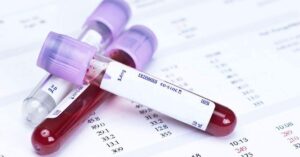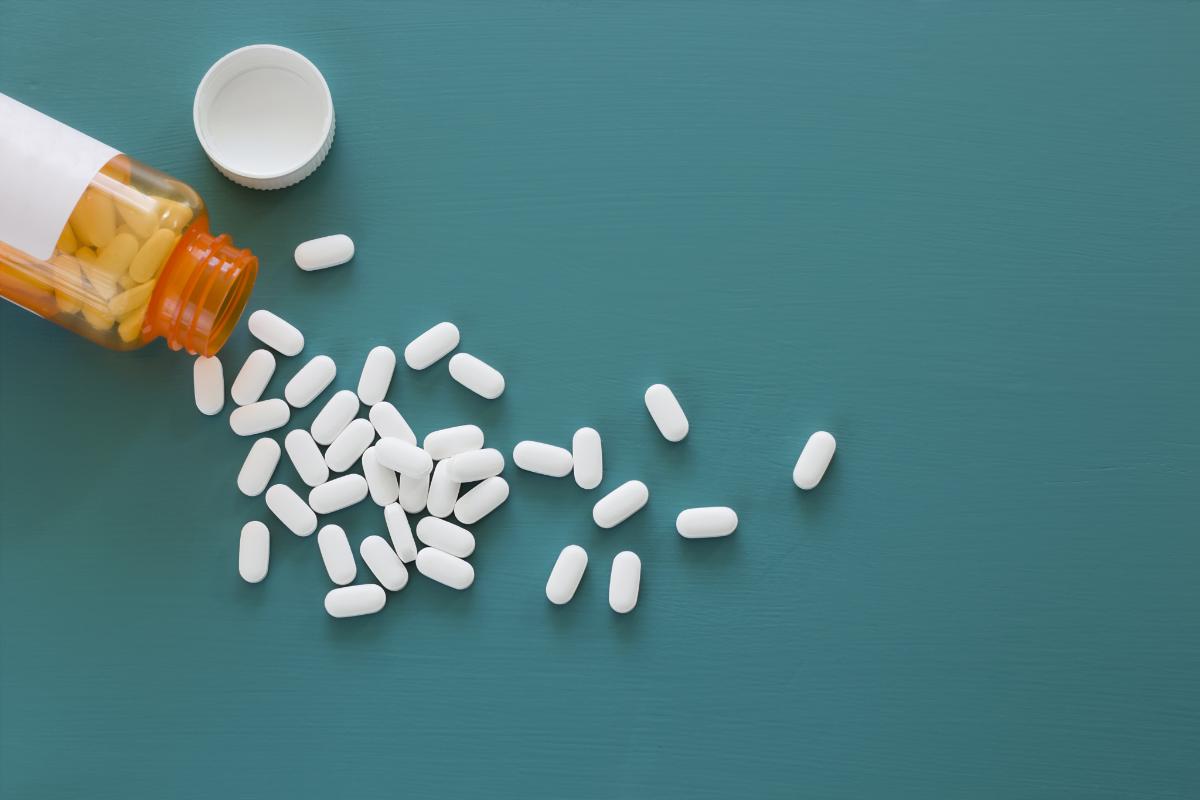Methadone (MTD) is a synthetic opioid that has been used for decades and has become a cornerstone of opioid addiction treatment. But knowledge around methadone on a urine drug screen, or getting caught using it recreationally, is poor.
Like all opioids, methadone is tightly regulated, and drug testing plays a crucial role in ensuring its proper use and preventing abuse.
Right now we are going to dive into the world of methadone (MTD) and drug testing, focusing on how it interacts with various drug testing methods. We will break down everything you need to know, including the types of drug tests methadone shows up on, how it works, and the legal implications of methadone in different contexts.
What is MTD On A Drug Test – MTDs Purpose
Methadone is classified as a long-acting opioid agonist. It was first developed during World War II as a painkiller, but today, it is primarily used in the treatment of opioid addiction.
Unlike short-acting opioids like heroin or prescription painkillers, methadone has a much slower onset and longer duration of action. This makes it highly effective in managing opioid withdrawal symptoms and reducing cravings without providing the intense “high” associated with other opioids.
For individuals who struggle with opioid dependence, methadone can be a lifesaver – quite literally. It helps stabilize their condition, allowing them space to deal with stabilizing and conquering their condition.
Methadone appears specifically on a drug test as MTD, and not as a general positive for opiates, which is a vital point to understand.
How Does Methadone Work?
Methadone binds to the same opioid receptors that opiate drugs like heroin, morphine, and oxycodone do. Competing at these receptor sites, it prevents the euphoric effects of other opioids, reducing cravings and withdrawal symptoms.
So, in essence, methadone works by tricking the brain into thinking it’s receiving an opiate hit, but without causing the extreme highs or dangerous lows associated with opioid abuse.
- Opiate medication
- Opioid receptor agonist
- Reduces drug cravings
- Minimizes withdrawal symptoms
Methadone vs. Other Opioid Treatments
While methadone is one of the most well-known medications for opioid addiction treatment, it’s not the only one. Buprenorphine (often sold under the brand name Suboxone) and naltrexone are also widely used.
Buprenorphine is a partial opioid agonist, meaning it activates opioid receptors but to a lesser degree than methadone. It’s often preferred for individuals with less severe addiction, as it has a lower risk of abuse due to being less aggressive.
Naltrexone is an opioid antagonist, meaning it blocks opioid receptors entirely, rather than competing at these sites like methadone. It’s used less frequently than methadone and buprenorphine and is more appropriate for individuals who have already detoxed from opioids.
Detecting Methadone: Is There A Specific MTD Drug Test?
Methadone’s widespread use in opioid addiction treatment makes drug testing essential, both for monitoring compliance in treatment programs and for legal or workplace reasons. But how does methadone show up on drug tests and what types of tests can detect it?
There are several types of drug tests that can detect methadone, each with varying levels of accuracy and detection windows. Let’s break them down now.
1. Urine Drug Test
The most common type of drug test used to detect methadone is the urine drug test. Urine testing is popular because it’s non-invasive, easy to administer, and offers a fairly long detection window for methadone.
Methadone can typically be detected in urine for 3-12 days (typically less than five) after the last dose, depending on factors such as metabolism, dosage, and the frequency of use.
Methadone is metabolized by the liver into a compound called EDDP (2-ethylidene-1,5-dimethyl-3,3-diphenylpyrrolidine), which is what urine tests typically look for. This metabolite is specific to methadone, which ensures that the test is detecting methadone use and not other opioids.
Because of its ease of use and reliability, the urine drug test is the most frequently used type of drug screen MTD specifically.
2. Blood Test
Blood tests for methadone are much less common than urine tests because they are more invasive and offer a shorter detection window are also expensive and require specialist training. However, blood tests may be used in certain clinical settings where it’s important to measure the current level of methadone in the bloodstream, rather than past usage.
Blood tests measure the concentration of methadone itself, rather than its metabolites. This allows for precise monitoring of the drug’s levels in the body, which can be critical in situations where dosage adjustments are needed.

3. Saliva Test
Saliva drug tests are becoming increasingly popular, particularly in workplace drug testing and roadside checks. These tests are less invasive than blood tests and provide a quick way to detect recent methadone use. They are also much cheaper than any other type of drug test.
Methadone can be detected in saliva for up to 48 hours after the last dose. Like urine and blood tests, saliva tests look for the presence of methadone or its metabolites.
Saliva testing is particularly useful in situations where recent drug use is of concern, such as in roadside testing for impaired driving. This is why they are so dangerous and being used more often now.
4. Hair Follicle Test
Hair follicle testing offers the longest detection window for methadone use, making it a common choice in forensic and legal settings where long-term drug use history is important. Methadone can be detected in hair follicles for up to 90 days after the last dose, by analyzing the hair over its most recent 90 days of growth. It is the most difficult drug test to beat.
How Methadone Appears on Drug Tests
One of the common misconceptions about methadone is that it will show up as a positive result for opioids in standard drug tests. This isn’t the case. Methadone requires a specific test to detect its presence because its chemical structure is different from other opioids.
So, methadone will not appear on a general opioid test. Standard drug panels typically test for drugs like heroin, morphine, and codeine, but methadone isn’t included unless the test is specifically designed to detect it.
That’s why methadone is often listed as a separate panel on a drug screen (MTD). When a methadone-specific test is used, the presence of the drug’s metabolite (EDDP) is what indicates methadone use.
Its metabolite, EDDP, helps prevent false positives that might occur if the test were simply detecting opioids in general. This is important because individuals using methadone under a doctor’s supervision should not be penalized for their legitimate use of the drug.
- Methadone does not show as a positive for opiate use
- MTD on urine drug screen is a specific panel
- Prescribed methadone use is completely legal
- Always inform the drug testing company of your use
Misconceptions and Legal Implications of Methadone in Drug Testing
Despite its legitimate medical use, methadone can sometimes carry a stigma, particularly in drug testing scenarios. Understanding how methadone interacts with drug tests can help clear up misconceptions and avoid unnecessary legal or employment-related issues.
One of the biggest misconceptions is that methadone will always trigger a positive result for opioids. As we’ve already discussed, this isn’t true though because methadone requires a specific test.
However, many people are unaware of this distinction, leading to confusion and sometimes unfair consequences. If you are using methadone, it’s important that you understand that and relay this information to whoever is conducting the test.
Another misconception is that methadone is only used by individuals with severe drug addiction. While methadone is indeed a key part of opioid addiction treatment, it’s also prescribed for chronic pain in individuals who may not have a history of addiction.
Legal and Employment Implications
Many employers conduct drug tests as part of their hiring process or for ongoing compliance. If you’re taking methadone as part of a treatment program, it’s important to disclose this information upfront.
In legal cases, such as custody battles or criminal cases, methadone use can become a big point of contention. However, as long as your methadone is being used as part of a medically supervised treatment program, its use is generally protected.
Having documentation from your doctor and being transparent about your treatment is essential though to cover you legally.
Importance of Disclosing Methadone Use
Whether you’re facing a workplace drug test, legal proceedings, or just want to stay compliant with your treatment program, transparency is key when it comes to methadone. Always inform your employer, legal counsel, or healthcare provider that you are taking methadone, especially if drug testing is involved.
In most cases, methadone use should not disqualify you from employment or other opportunities, provided that it is used under medical supervision. Being proactive in discussing your medication can prevent potential legal and professional complications down the line.
How to disguise MTD use on a drug test
If you are using methadone and you don’t want it to be known that that is the case, then it is possible to disguise it on a drug test:
- Disguise MTD on urine drug screen using Quick Luck synthetic urine if an unsupervised test.
- Disguise methadone use on a urine drug test if it is supervised by using Rescue Cleanse detox drink.
- Disguise MTD on an oral drug test by using Oral Clear saliva neutralizing gum.




